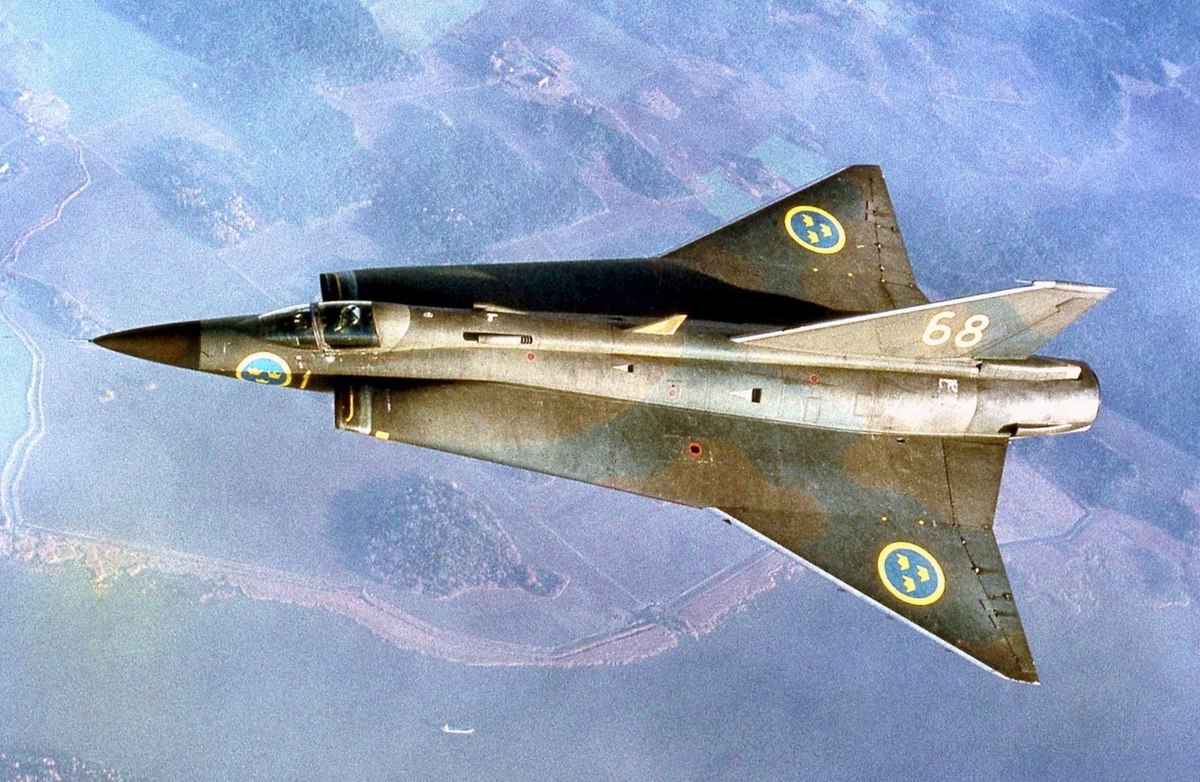Siberia
ACCESS: Confidential
- Joined
- 24 August 2012
- Messages
- 87
- Reaction score
- 65
Site asks for a subscription.
Read where? Without being able to go look for themselves it's hard for people to judge.I've read that a CW illuminator could be installed by the 200th radar set…

